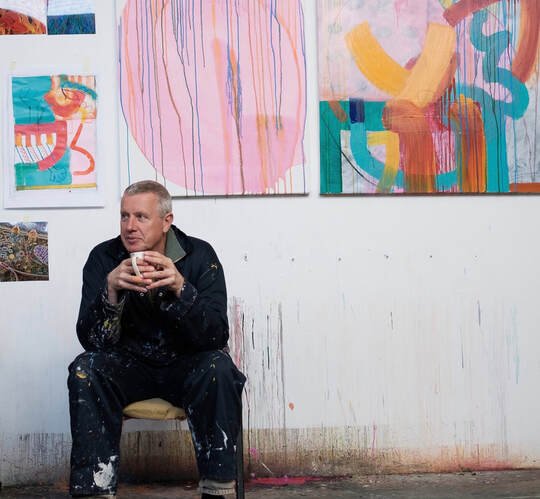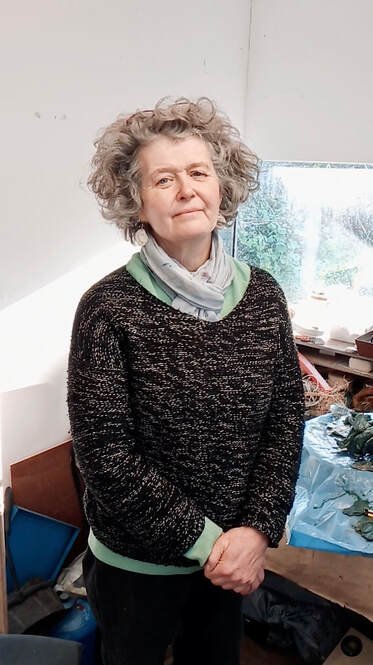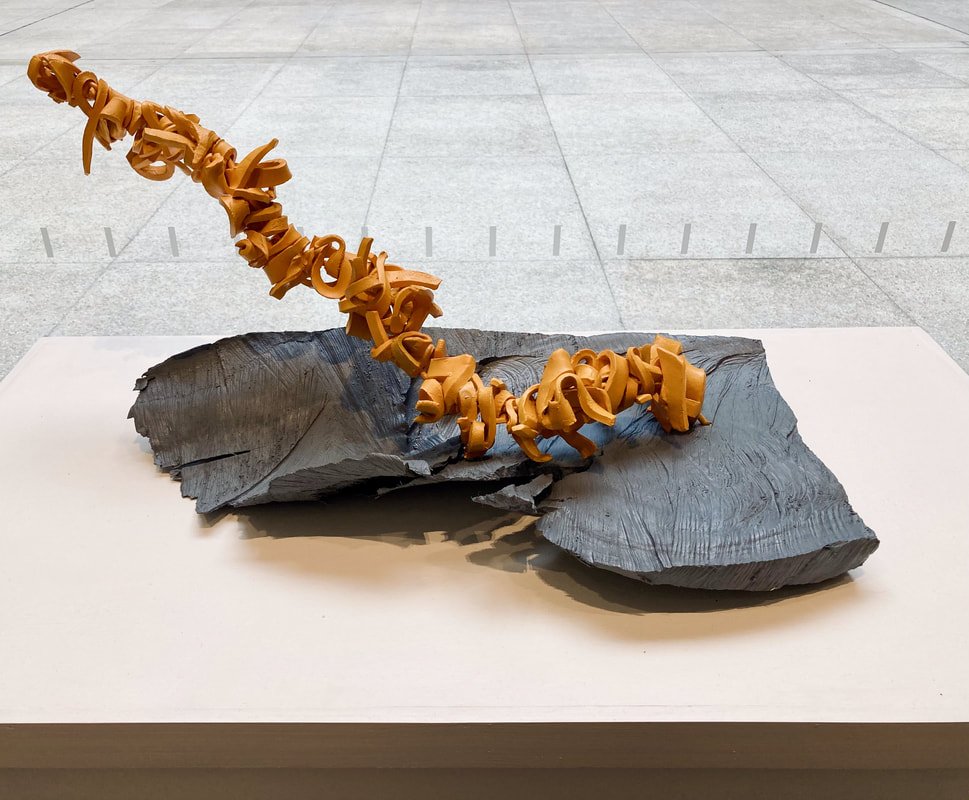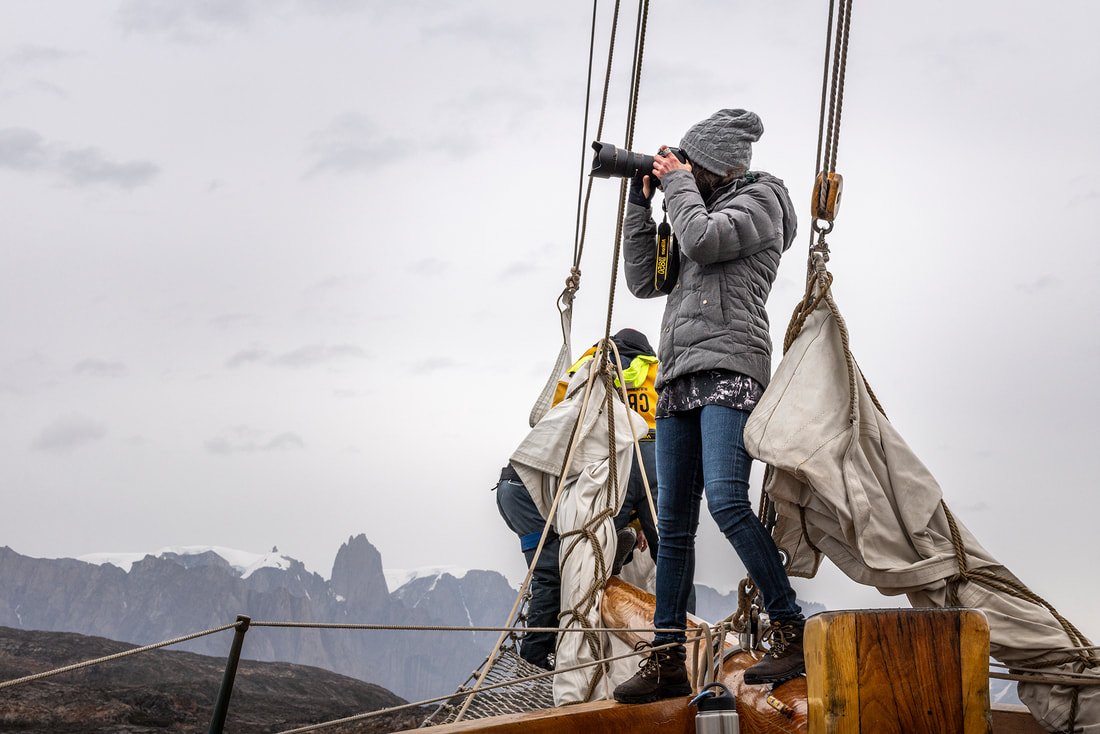Ashurst Emerging Artist Prize 2021
MADE IN BED’s Emerging Artist section Co-Editors, Beatrice Dalmasso and Danni Han visited the Ashurst Emerging Artist Prize 2021 at the Ashurst Emerging Artist Gallery. All the winners are now exhibiting their works at the space until the 7th of January, 2022.
Overall Award Winner 2021:
Charles Inge
If you’d like to know more about his works, please visit his website.
Charles Inge is a British artist who graduated from the Ruskin School of Fine Art, Oxford University in 1983. After working in the advertising industry as an Art Director for more than three decades, Inge decided to return to his beloved artistic productions in oil paintings, and his previous experience forged him to push the boundaries of the imagery and medium.
Charles Inge, Miscreation #1
Inge has a distinctive style in depicting rotting still lifes of fruits and vegetation covered by bell jars, which are widely used in laboratories for preserving, researching, and documenting specimens. Inge’s surrealist rendering here in Miscreation #1 describes the evanescence of life and the paradoxical effect of containment which derives from his own experience towards the lockdowns that happened during the pandemic.
Charles Inge, Yucca Flats
Inge’s explosive form is a continuation of his Miscreation series. A colourful and kaleidoscopic form presented in Yucca Flats resembles a mushroom cloud, exploding in the sky over a miniature house. The energy level of the bombardment may be equal to the ones which are contained in Inge’s bell jars, suggesting the unconstrained and unrestricted aftermath after months of quarantine and other containment actions in reaction to the spread of the pandemic.
Sculpture Award Winner 2021:
Alexandra Harley
If you’d like to know more about her works, please visit her website.
Alexandra Harley is a British sculptor who explores symbiotic relationships within the materials. She studied sculpture at Wimbledon School of Art, and the Advanced Course at St. Martins School of Art. Fascinated by the diverse physical qualities of the materiality, Harley excels in capturing the transient moment during her artistic production and explores the infinite possibilities of the materials themselves.
Alexandra Harley, Adaxka
In Adaxka, Harley’s practice in maneuvering the material of wood through gentle carving, meticulous painting, and deliberate distorting allows it to speak about its materiality and the temporal and spatial interrelation. What makes this work distinctive is that it challenges the conventional perception of the viewers when they encounter this wooden piece – as they may simply regard the wood as a brownish colour. Paradoxically, Harley painted a blue colour onto the woods, which immerses the viewers into a celestial setting, taking them to the realm of fantasy.
Alexandra Harley, Slipjig
Blending the materials of ceramic, metal armature, wood and paint, Harley’s exquisite work Slipjig investigates the notion of formality and spatiality. Viewers can feel the softness achieved by the distorted and twisted ceramic components which extend afar to the unknown.
Photography Award Winner 2021:
Ingrid Weyland
If you’d like to know more about her works, please visit her website.
Ingrid Weyland is an Argentinian artist born in Buenos Aires. Having lived in a family of sculptors and architects, she grew up in a creative environment that inspired her to get a degree in Graphic Design and start a career as a photographer. Her first images were of her daughter, in these works she explored the concepts of memory and female family ties. Having traveled across the world, Ingrid Weyland photographed the various diverse landscapes she would come across. These evocative sceneries allow her to explore the ties between character and spaces.
Ingrid Weyland, Topographies of Fragility I, 2019
In her project “Topographies of Fragility”, Weyland addresses global warming through a distinctive and unique approach in her artworks. Her travels have created a deep connection between her and nature, these landscapes being places of refuge, silence and solitude to the artist. In this series of works, the viewer may believe from a distance that these photos are beautiful and timeless landscapes when in reality, once one has approached the work, it can be seen that the artist has juxtaposed a scrambled image of the same landscape. This effect creates a paradox between the calming landscape and the brutal effect of the crumpled image.
This series of photographs underlines the slow destruction of the Environment that we are facing today and the brutal consequence this has on the once peaceful and calming nature. Ingrid Weyland underlines the everlasting effect of a crumbled piece of paper that will never regain its original shape, just as the impact of pollution and other factors on earth.
New Media Award Winner 2021:
Maryam Hina Hasnain
If you’d like to know more about her works, please visit her website.
Maryam Hina Hasnain is a Pakistani artist having studied Fine Art in Kuala Lumpur, and then in London. She currently holds a BA in Fine Art from Goldsmiths and an MA in Fine Art from Chelsea College. Hasnain explores various themes ranging around trade, empire, migration, borders and citizenship which she develops through the use of different mediums such as paintings, soundscapes, installations and textile interventions. The artist also works on curating, researching, collaborative practices and is an active and founding member of the artist collective Neulinge.
Maryam Hina Hasnain, Fun Fact: Ottoman Empire & Nintendo Existed at the same time, 2020
In her work "Fun Fact: The Ottoman Empire and Nintendo Existed at the Same Time”, Maryam Hina Hasnain explores the link between physical and digital through the mix of textile and film projections. These film projections activate objects that have been burdened by histories of empire and trade. Artworks such as these ones have permitted the artist to explore further the historic connections between textile making and computer graphics.
In the exploration of textiles, Maryam Hina Hasnain has come to think of textiles as objects, important symbols of trade and domesticity but also as a specific cultural trait. The shapes and patterns of these textile works remind the artist of the early technological and internet aesthetic. Through the projection of the film on the rug, there is an illusion of this work being a portal to the digital world which blurs the ideas of physical and digital space.
Choice Award Winner 2021:
Grete Hjorth-Johansen
If you’d like to know more about her works, please visit her website.
Grete Hjorth-Johansen is a Norwegian photographer based in London. She holds a BA in fine art from Southampton Solent University and has also studied Graphic Design at Oppegård VG Skole in Norway. In her works, the artist mixes the aesthetic of both photography and painting, creating unique visual works.
The forest represents a sanctuary, a safe place where one can free oneself from preoccupations and be absorbed by nature and its calming Environment. For the artist, the forest is also a magical place. The global pandemic has brought back Grete to forests such as the Epping Forest in the outskirts of London. While walking through these woods, the artist noticed the practice of pollarding on trees.
Grete Hjorth-Johansen, BRIAREUS, 2020
The vision of these mighty scarred trees inspired the artist for her series “Tartarus”. She saw these trees as magnificent sculptures that carried stories of pain and longing. Hjorth-Johansen decided to make these arboreal personalities the main character of her works as a way of portraying the stories they had to tell. To do so, the artist used a complicated technique of using handheld torches and multiple exposures to create colourful photographs of individual trees.
As Epping Forest is a very ancient place filled with history and mysteries, Grete chose to name this series after the place of punishment and torture in Greek mythology and gave each tree a mythological character name as well, to highlight the deep historical connection of these woods.
All images sourced from emergingartistgallery.com
Beatrice Dalmasso
Danni Han
Co-Editors of Emerging Artists, MADE IN BED











